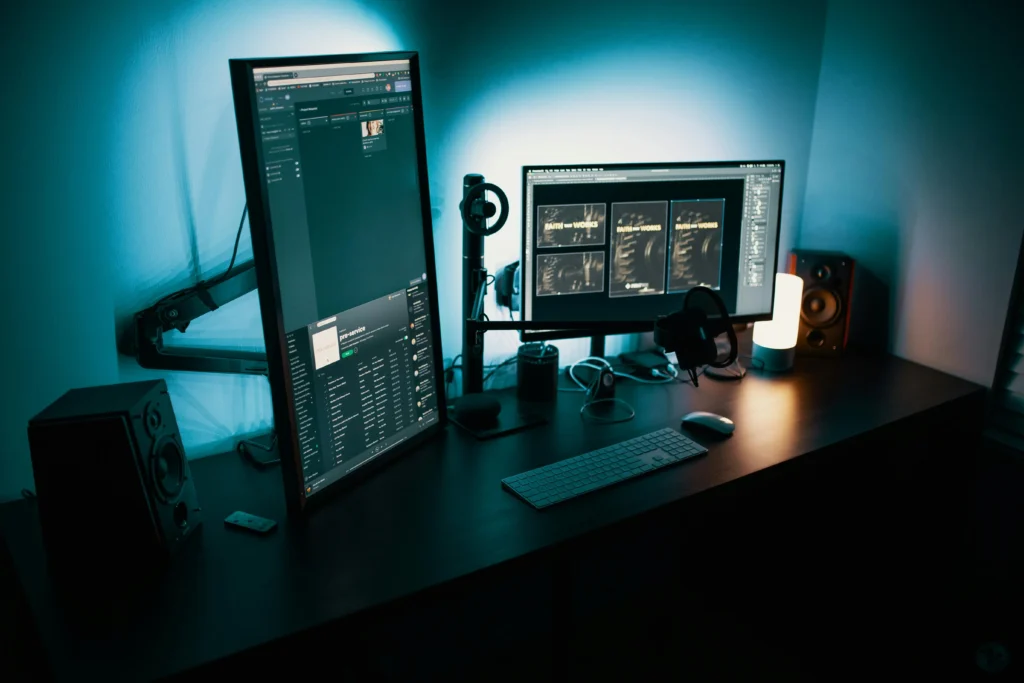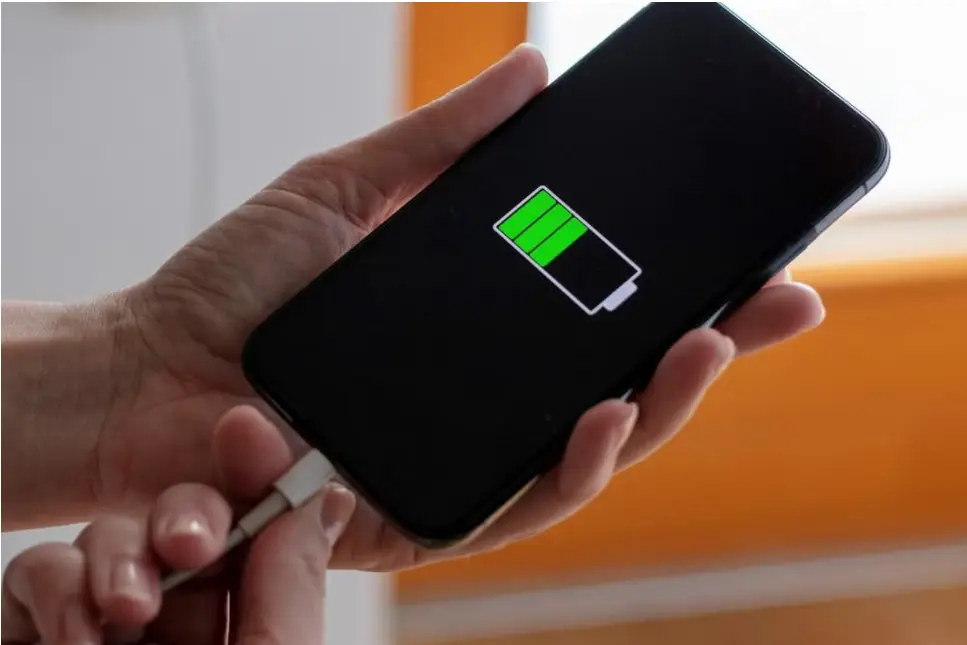
BUILDING A BUDGET GAMING PC
Building a gaming PC can seem like a daunting task, especially if you’re on a budget. But with the right components and a little know-how, you can build a system that delivers great gaming performance without breaking the bank. Whether you’re looking to play AAA titles or dive into esports, this guide will walk you through how to build a budget gaming PC that punches above its weight.
STEP 1: DETERMINE YOUR BUDGET
Before you start picking out parts, decide how much you want to spend. A budget gaming PC typically falls in the range of $600 to $1,000, depending on your performance requirements. This guide will focus on building a solid gaming rig for around $800 — a sweet spot for decent gaming performance without compromising too much on quality.
STEP 2: SELECT YOUR CORE COMPONENTS
1. PROCESSOR (CPU)
The CPU is the heart of your system, so it’s essential to pick one that balances performance and cost. Here are two great budget options:
AMD Ryzen 5 5600X – 6 cores, 12 threads, great for multitasking and gaming. It delivers excellent performance in both gaming and productivity tasks at a reasonable price (~$200).
Intel Core i5-12400F – 6 cores, 12 threads, excellent gaming performance with competitive pricing (~$180).
Both are solid choices, but if you plan to do more demanding tasks like streaming or video editing in the future, Ryzen 5 might be the better option.
2. GRAPHICS CARD (GPU)
The GPU is the most critical component for gaming performance. On a budget, you’ll need to find a card that gives you good frame rates without overspending. A couple of great options include:
NVIDIA GeForce GTX 1660 Super (~$250) – A reliable choice for 1080p gaming at medium to high settings.
AMD Radeon RX 6600 (~$230) – Comparable performance to the GTX 1660 Super, but with better power efficiency and more modern features.
While more expensive GPUs like the RTX 3060 or RX 6700 XT are tempting, they’ll push you over your budget.
3. MEMORY (RAM)
For gaming, 16GB of RAM is the sweet spot. You don’t need more unless you plan to run resource-intensive tasks like video editing or 3D rendering. Stick with:
Corsair Vengeance LPX 16GB (2 x 8GB) DDR4-3200 (~$60) – Reliable, affordable, and fast enough for gaming.
If you’re really tight on budget, 8GB of RAM will suffice, but it’s better to future-proof your build with 16GB.
4. STORAGE (SSD)
An SSD makes a huge difference in load times and system responsiveness. Aim for an SSD over a traditional hard drive (HDD) for better performance. Here’s a budget-friendly pick:
Crucial P3 500GB NVMe SSD (
$40) – Offers fast load speeds at a budget-friendly price. Consider upgrading to 1TB if you want more space for games ($70).
An SSD will provide much faster boot times and gaming performance than an HDD.
5. MOTHERBOARD
The motherboard connects all your components. Make sure it’s compatible with your CPU and has enough features for your needs. A couple of options for AMD and Intel builds are:
MSI B450M PRO-VDH MAX (~$70) for AMD – A solid budget option with everything you need for an AMD CPU.
Gigabyte B660M DS3H (~$90) for Intel – A good choice for Intel 12th gen processors with support for DDR4 RAM.
Make sure the motherboard has the necessary PCIe slots for your GPU and storage.
6. POWER SUPPLY (PSU)
The power supply ensures your components get the correct amount of power. For a budget build, aim for around 500W-650W to cover all your components safely:
EVGA 600 W1, 80+ WHITE 600W (~$35) – A reliable, budget-friendly PSU that offers more than enough power for your build.
Corsair CV550 550W (~$50) – Slightly more expensive but offers better efficiency and quality.
Be sure to pick a PSU with at least 80+ Bronze certification for energy efficiency.
7. PC CASE
The case houses all your components, so it needs to provide adequate airflow and space for your GPU and other parts. A good budget option includes:
NZXT H510 (~$80) – A simple, clean design with good airflow.
Cooler Master MasterBox Q300L (~$60) – Compact and affordable with plenty of room for customization.
Look for a case with good airflow and cable management options to keep your build neat.
STEP 3: ASSEMBLE YOUR PC
Now that you’ve got all the parts, it’s time to build your PC. Here’s a simplified process:
Install the CPU: Place the CPU carefully into the motherboard’s socket and lock it into place.
Install the RAM: Insert the RAM sticks into the motherboard slots, ensuring they click into place.
Install the SSD: Place the SSD into the motherboard’s M.2 slot and screw it down.
Install the GPU: Slot your GPU into the PCIe x16 slot and secure it.
Install the PSU: Mount the PSU at the bottom or top of the case, depending on the case design, and connect power cables to the motherboard and GPU.
Install cooling fans (if necessary): Some cases come with pre-installed fans, but you might need to add extra cooling for airflow.
Connect all cables: Connect the power cables to the motherboard, GPU, storage, and fans. Also, connect the front panel connectors (USB, power switch, etc.) to the motherboard.
STEP 4: INSTALL YOUR OPERATING SYSTEM
Once your PC is assembled, you’ll need to install an operating system. The most common choice for gamers is Windows 11. Here’s how:
Download the Windows 11 installation tool on a separate USB drive from Microsoft’s website.
Boot up your PC and enter the BIOS/UEFI settings to set your USB drive as the boot device.
Follow the on-screen instructions to install Windows, and once installed, update drivers and software.
STEP 5: TEST AND ENJOY
After installation, it’s time to test your system by running some benchmarks and games. Stress-test your CPU and GPU with programs like Prime95 and FurMark to ensure your PC is stable. Adjust fan speeds or cooling if necessary.
FINAL THOUGHTS
Building a budget gaming PC is entirely achievable with the right components and approach. By carefully choosing parts that balance performance and cost, you can create a system that delivers excellent gaming experiences without blowing your budget. With the right tools and a bit of patience, you’ll have a gaming rig that can handle your favorite titles at high settings without breaking the bank.
Enjoy your gaming experience and happy building! 🎮💻


